What are Transformers
Transformers are devices that transfer electrical energy from one circuit to another through electromagnetic induction, often changing the voltage and current levels in the process. They serve as a cornerstone in the management and distribution of electrical power across various industries. The primary audience for transformers includes professionals and entities within the electrical, manufacturing, construction, and energy sectors, as well as suppliers of electronic components.
The basic principle behind a transformer's operation lies in Faraday's law of electromagnetic induction. They typically consist of two or more coils of wire wound around a core made from iron or ferrite. When an alternating current (AC) flows through one coil, known as the primary winding, it creates a varying magnetic field around the core. This magnetic field then induces a voltage in the other coil, or coils, called the secondary windings. By adjusting the ratio of turns between the primary and secondary coil, transformers can increase (step-up) or decrease (step-down) voltage levels according to need.
Transformers are critical for efficiently transmitting power over long distances and for ensuring that the voltage levels are suitable for various appliances and equipment. They enhance safety by isolating circuits and can also be used to match impedance to optimize power transfer. With a wide range of applications from small-scale electronic devices to large power grids, transformers play an indispensable role in modern electrical infrastructure.
Types of Transformers
Diversity in design and function has led to various types of transformers being developed to meet specific needs. Some of these include:
Power Transformers: These are commonly used in transmission networks for stepping up or down voltage levels. They are capable of handling high voltages and are crucial for efficient long-distance power distribution.
Distribution Transformers: Designed for final voltage transformation within the power distribution grid, they step down voltages for end-user connectivity, ensuring that homes and businesses receive electricity at usable levels.
Instrument Transformers: These types include current transformers (CTs) and potential transformers (PTs), which are used to measure currents and voltages in high power circuits, often for the purpose of metering and protection.
Isolation Transformers: With a 1:1 turn ratio, isolation transformers are designed to separate two circuits electrically while allowing AC signals or power to pass between them. They enhance safety by preventing shock hazards in sensitive equipment.
Autotransformers: By having a single winding act as both primary and secondary, autotransformers can efficiently perform voltage step-up or step-down functions with a smaller size and less material than conventional dual-winding transformers.
Each type has its common use cases; for example, instrument transformers are prevalent in energy metering systems, while isolation transformers are often found in audio/visual equipment and medical devices.
How to choose Transformers
Selecting the right transformer is critical for ensuring electrical system performance, safety, and efficiency. Buyers should consider several factors when choosing transformers:
Application Needs: Understand whether you need a transformer for power distribution, voltage regulation, isolation, control circuits, or instrumentation. Each application has specific requirements that dictate the type of transformer needed.
Voltage Requirements: Identify both input (primary) and output (secondary) voltage requirements. This will help determine if you need a step-up or step-down transformer.
Power Rating: Consider the power rating required by your application. Transformers must be able to handle the maximum load without overheating.
Phase Configuration: Determine if your system requires a single-phase or three-phase transformer. Three-phase transformers are commonly used in power transmission for large-scale industrial applications.
Environmental Conditions: Evaluate the environment where the transformer will be installed. Certain environments may require transformers with additional protection against moisture, dust, or hazardous conditions.
Certifications: Look for transformers that have been tested and certified by recognized standards organizations. This ensures compliance with safety regulations.
By considering these factors, businesses can select transformers that not only meet their specific needs but also offer reliability and longevity.
Best Transformers on Alibaba.com
Alibaba.com is home to an extensive selection of transformers suitable for a broad range of industrial and commercial applications. The platform connects buyers with suppliers all over the world, offering an opportunity to source quality transformers tailored to specific needs. From single-phase units perfect for smaller operations to robust three-phase systems designed for larger scale electric grids, Alibaba.com provides access to an array of options.
The marketplace on Alibaba.com understands that every business's needs are unique; hence it offers filters that allow buyers to refine searches based on parameters such as usage frequency, material type, application industries, customized support availability, and even local service location choices. Furthermore, Trade Assurance on Alibaba.com acts as a safeguard for buyers' payments until delivery is confirmed complete—adding an extra layer of security to transactions conducted on the platform.
By utilizing Alibaba.com's vast network of suppliers from diverse industries across over 190 countries and regions worldwide—complemented with user-friendly mobile features and multi-language support—businesses can confidently procure transformers that align with their technical specifications and operational requirements without having to compromise on quality or reliability.
Common FAQs for Transformers
What is the primary function of a transformer?
Transformers are designed to transfer electrical energy between two or more circuits through electromagnetic induction, typically with the purpose of changing the voltage and current levels to meet specific requirements.
How do I know if I need a power transformer or a distribution transformer?
Power transformers are used in transmission networks for high voltage step-up or step-down functions, ideal for long-distance power distribution. Distribution transformers are used within power distribution grids to provide the final voltage transformation to the end-user, suitable for residential and commercial electricity supply.
Can transformers be used to increase voltage?
Yes, step-up transformers are specifically designed to increase voltage from a lower voltage level on the primary side to a higher voltage level on the secondary side.
Are there transformers that can decrease voltage?
Step-down transformers are able to decrease voltage, taking a higher voltage on the primary side and converting it to a lower voltage on the secondary side.
What is an isolation transformer and when should it be used?
An isolation transformer is used to electrically separate two circuits while allowing AC signals or power to pass through. They are commonly used for safety in sensitive equipment and in audio/visual systems.
Can transformers convert single-phase power to three-phase power?
Specialized transformers known as phase converters can convert single-phase power to three-phase power, which is often necessary for industrial equipment that requires three-phase electricity.
What should I consider when choosing a transformer for electronic equipment?
When selecting a transformer for electronic equipment, consider the required voltage transformation, power rating, frequency compatibility (50Hz or 60Hz), and whether isolation is necessary for safety purposes.
How do I select the right size transformer for my application?
The size of the transformer should be based on the maximum load it will need to handle. It's important to choose a transformer with a power rating that exceeds the total wattage of all devices it will supply.
What does 'customized support' mean in the context of transformers?
Customized support refers to services like OEM (Original Equipment Manufacturer), ODM (Original Design Manufacturer), and customization options provided by suppliers where transformers can be tailored to specific requirements and specifications.
How does phase configuration affect my choice in transformers?
Phase configuration determines whether you need a single-phase or three-phase transformer. The choice depends on the type of electrical system and load; single-phase is common in residential applications, while three-phase is typically used for industrial settings.
What environmental conditions do I need to consider for installing a transformer?
Environmental conditions such as temperature, humidity, presence of dust, or corrosive substances must be considered when installing a transformer. Certain applications may require transformers with additional protection features.
Are there transformers available that support high-frequency applications?
Yes, there are specific transformers designed for high-frequency applications, such as those used in telecommunications and certain types of electronic equipment.
What certifications should I look for when purchasing transformers?
Look for certifications from recognized standards organizations that ensure compliance with industry-specific safety regulations and quality benchmarks. These may include UL, CE, ISO certifications among others.
What does 'phase' refer to in transformer specifications?
'Phase' refers to the type of electrical current system the transformer is designed to work with—single-phase or three-phase. Single-phase electricity uses two wires (phase and neutral), while three-phase electricity uses four wires (three phase wires and one neutral).
Can transformers be used outdoors?
Transformers specially designed for outdoor use come with protective casings that guard against weather elements. Always check if a transformer is rated for outdoor use before installation in such environments.


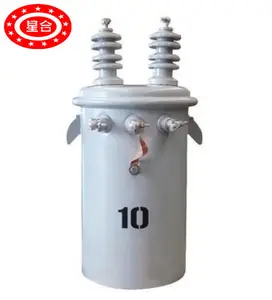



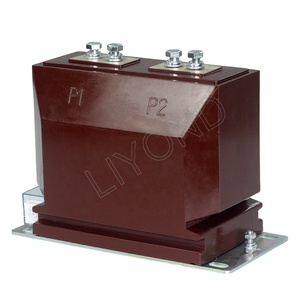

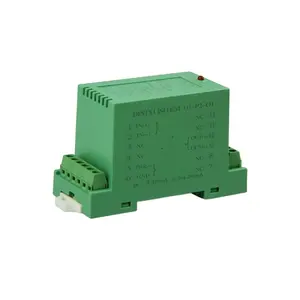



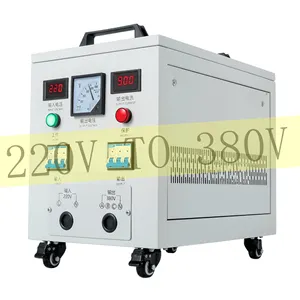

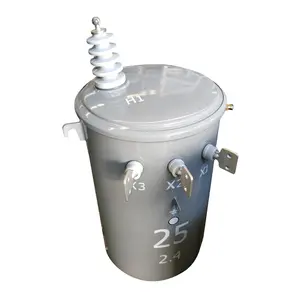

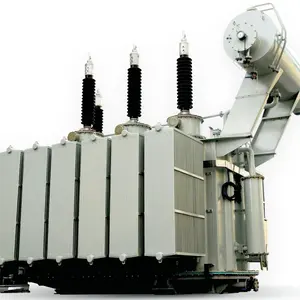

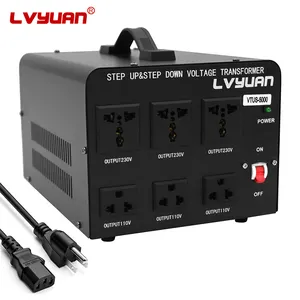
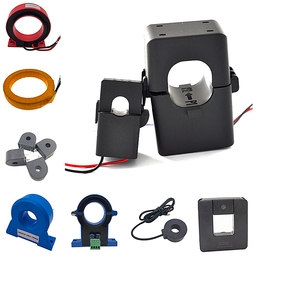

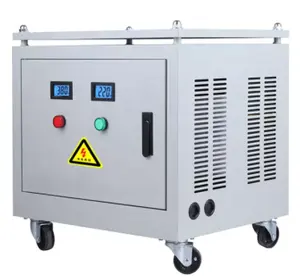

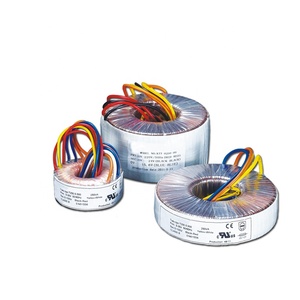


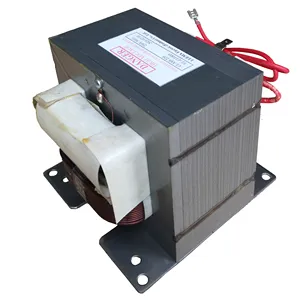



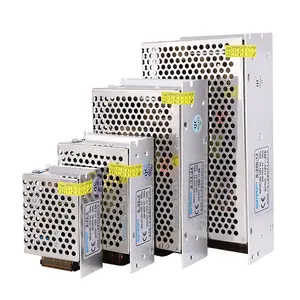



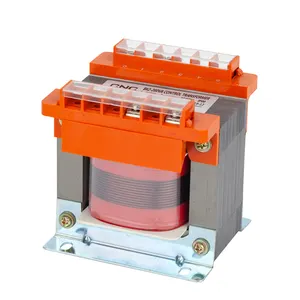


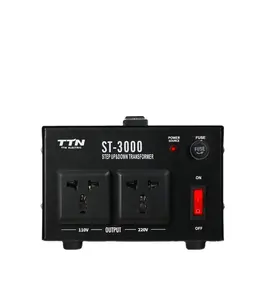

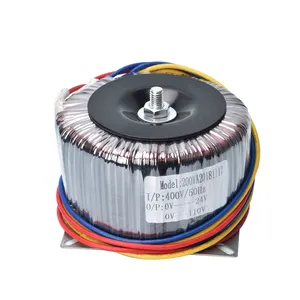
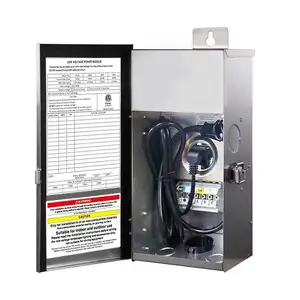

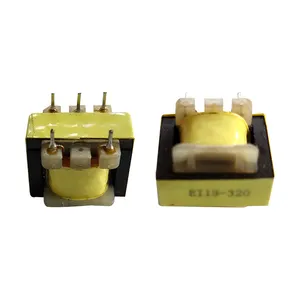





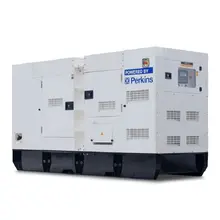


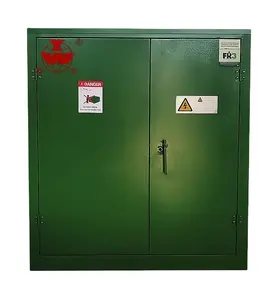





















 浙公网安备 33010002000092号
浙公网安备 33010002000092号 浙B2-20120091-4
浙B2-20120091-4